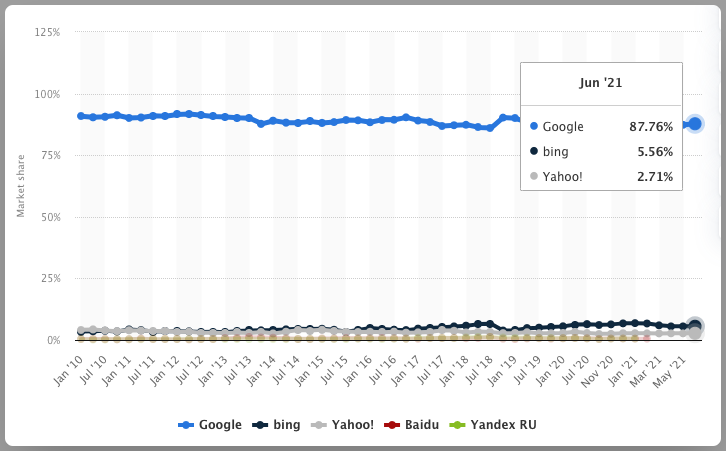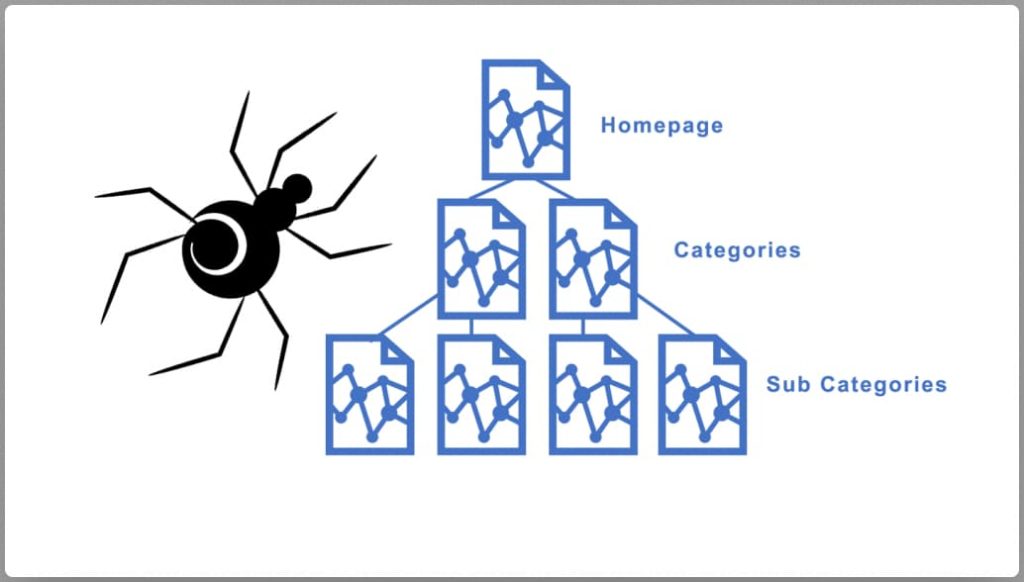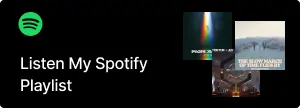Ever searched on Google (of course… yes!) and wondered how you’re served with the most relevant (best) resource that satisfies your query, all the time?
You’re not alone.
I also used to wonder what kind of magic is in play here.
Whenever I search for stuff online — no matter how weird or misphrased my query seems — Big G returns the best resource(s).
It’s quite a wonder, right?
But no, the entire behind-the-scenes process isn’t rocket science.
Take some time to read this guide till the end and you’ll learn exactly how Google search works.
Let’s get started!
Search Engines
According to Moz, Search engines are simply ‘answer machines’.
They exist to discover, understand, and organize the internet’s content in order to offer the most relevant results to the questions searchers are asking.
Google is a search engine with a bold mission to organise the world’s information and make it universally accessible and useful.
Google is not the only search engine — there’s Bing, Yahoo, Yandex, Baidu, DuckDuckGo, and Apple’s Spotlight.
But why is Google the focus of this post?
They are likely the only search engine you use.
No one does it better.

With over 80% market share, Google dominates the search engine industry.
They are so dominant that their ubiquitous brand name is used in place of “search”?
If you’re doubting, you can Google that to confirm.
Now to the meat of this explainer: How does the Google search engine return the best results when you ask a question?
Let’s go to class!
Discovery: Finding Web Content
For Google to serve the best resource(s) for your query, it must have a record of web pages and understand the information they hold.
That’s right.
When you search, the web content you see on the SERPs (search engine results page) isn’t there by proxy.
Web content could be web pages, images, videos, PDFs, and more.
The web content shown on Google SERPS has been discovered, visited, understood, and stored in Google’s database called the Index.
Think of Google’s Index as a big list of URLs pointing to web content from various websites created by publishers (or site owners).
Google discovers new and updated web content in various ways, including checking public databases, user-submitted content, books, following links found on web pages, and looking through a sitemap (a list of web pages on a site).
Crawling: Visiting Web Content
There’s a shit ton of content online.
About 2 billion websites exist globally, and every day, around 7.5 million blog posts are published.
It’s practically impossible to MANUALLY visit every web page, understand its content, and store a record in a database.
To discover and store web content, Google uses a team of automated programs called Crawlers (also known as Spiders).
Let’s call these crawlers Googlebot.
Now, Googlebot has ONE job: scouring the internet in search of new (or updated) web content, understanding what they’re about, and adding them to the Index.
That’s what Crawling is all about.

To crawl web content, Googlebot visits various sources such as web pages, user-submitted content, books, public databases, and more.
Now, after site discovery and crawling, what’s next?
Rendering: Analyzing and Understanding Web Content
Once your web content has been discovered and crawled, the next step for Googlebot is to understand what it is all about.
For this to happen, Googlebot must render the web page just as a browser would and analyze its content.
Rendering is the process by which a crawler retrieves a web page and assesses the content to understand its structure and layout.
During the rendering process, Googlebot reads and analyzes the text content, non-text content (such as images and videos), and the overall visual layout of the web page.
This is done to understand the content and decide where and when it can appear in the SERPs (search engine results page).
Indexing: Inclusion in Google’s Index
Once Googlebot determines the intent of a web page, it is added to the Index.
Google’s Index contains over 35 trillion web pages.
Any web page that makes it to Google’s Index is eligible to be shown to the user on SERPs (when a relevant query is searched for, of course!).
It’s possible for a page to be removed from the Index.
This mostly happens when the URL is dead, no-indexed, or has been manually penalized for violating Google’s rules.
If you don’t want a particular web page to be indexed, you can add a no-index directive in the HTML header part of the page.
Googlebot won’t index and serve pages with a no-index directive.
Ranking: Serving Results on SERPs
With a robust and updated Index, Google can now conveniently serve resources for any query.
When you search, Googlebot looks through the index for the best and most relevant resource that satisfies your query.
These resources are arranged (based on the query) from the highest quality & relevancy down to the lowest.
Now, how web content is ordered on the SERPs is influenced by a range of factors called Search Ranking Factors.
These factors (about 200) are responsible for how Google ranks web content.
Most of these factors revolve around content quality, backlinks, user location, relevance, user experience, language, topical authority, and other related aspects.
The overall process of optimizing your site for these ranking factors so Google (and its users) can easily discover, analyze, and understand it is Search Engine Optimization (SEO).
That’s all
I bet now you know how search (Google) works.
As you’ve learnt, Google search works in five steps: Discovery, Crawling, Rendering, Indexing, and Ranking.
Do me a favour.
Next time anyone is puzzled about how Google search works, shoot them a link to this post.
Got questions?
Drop them in the comment section.



